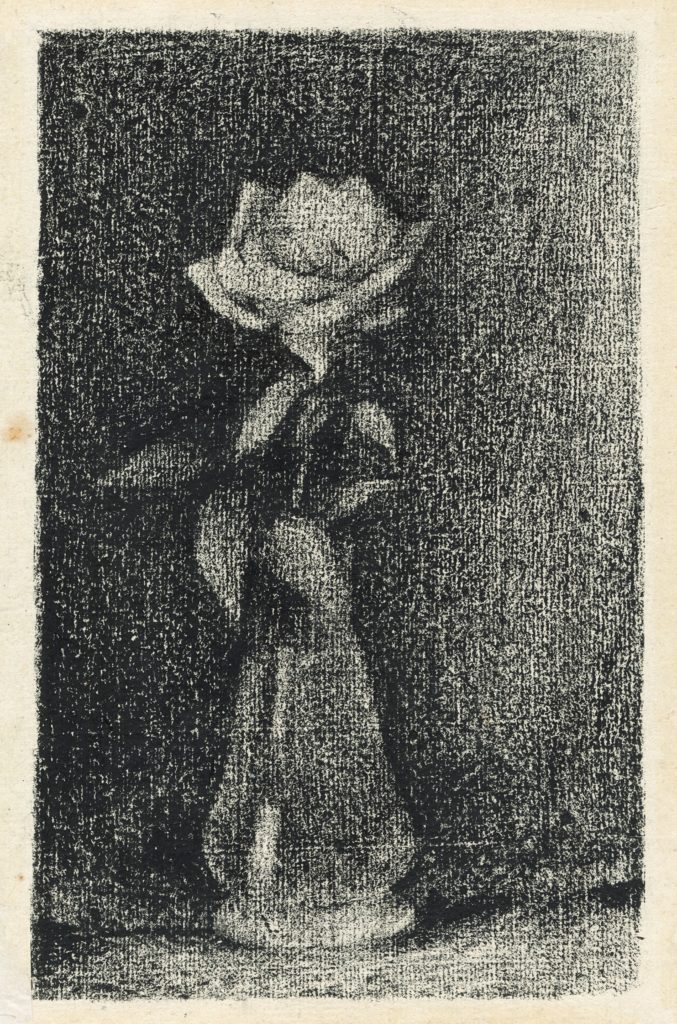Born in Switzerland, Palézieux had the opportunity to study in Florence between 1939 and 1943. He was trained at the source of the Italian Renaissance and acquired solid historical knowledge there. He frequented the Trovarelli brothers, custodians of all kinds of secret processes: he benefited from this experience and from the technical and aesthetic discussions that took place in this cenacle. It was also at this time that he discovered the painting of Giorgio Morandi. They will become friends later, from 1953, and all his life Palézieux considered him as his master.
From the beginning, Palézieux’s vocation was to recreate, as close as possible to his emotion, the spectacle of the world – landscapes, interiors, objects, flowers or fruits. Rather rare in his time, he was not impressed by fashions and persevered in the faithful translation of reality. He focused his efforts to means able to render the vibration of light, to grasp its most subtle values. An intimate coherence combines this vision with his research on materials, and the use of old papers. His images thus exude a perception that is more and more attentive to the passage of time.
Back in Valais in 1943, he settled in a house in the middle of the vineyards. He then became passionate about the art of printmaking, the secrets of which he relentlessly questioned, from the first compositions inspired by Morandi’s example to research with aquatint and soft ground. At the beginning of the 1960s, thanks to a few trips to Morocco, he became familiar with the technique of watercolour that he then developed during repeated stays in Venice. In addition to his favourite themes – landscape and still life – Palézieux used drawing assiduously: one will admire the variations of the pencil, either at the silver point or by the large lithographic chalks that emerge on ancient papers of learned compositions where light and shadow play.
Far from the networks of diffusion of modern art, Palézieux’s production was exhibited mainly during his lifetime in the Paul Vallotton gallery in Lausanne. This very discreet artist was the subject of rare exhibitions during his lifetime. In 1993, a monograph was dedicated to him by Yves Bonnefoy and Florian Rodari published by Albert Skira. In 2000, the Rembrandthuis in Amsterdam unveiled a retrospective of his work. Recently, in 2019, the Fondation Custodia in Paris and the Musée Jenisch in Vevey dedicated an important exhibition to his work. His works can be found mainly in Swiss public and private collections, as well as in several European collections in France, Germany and Holland.






